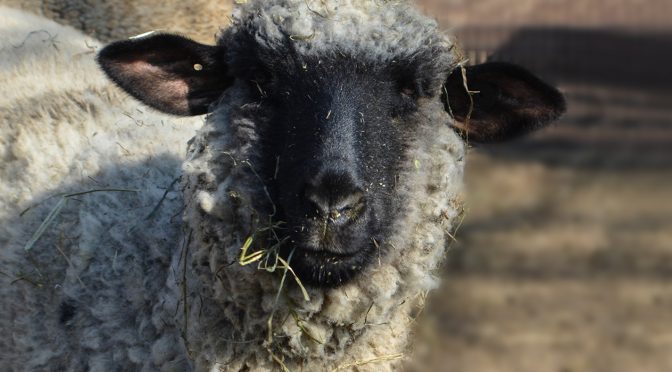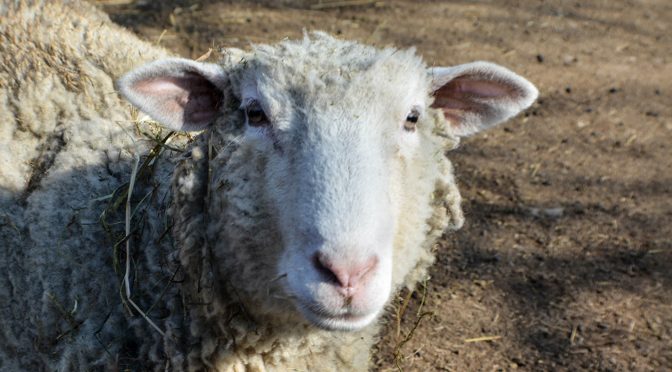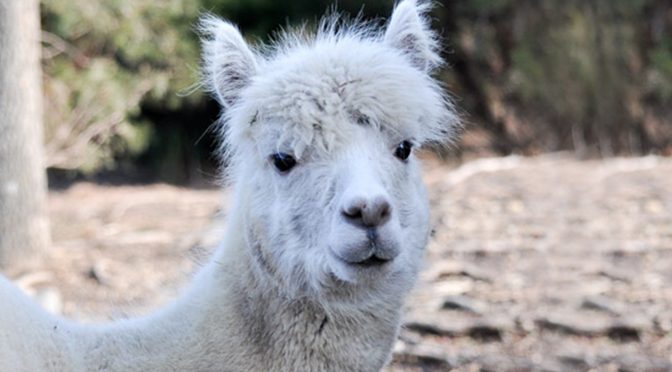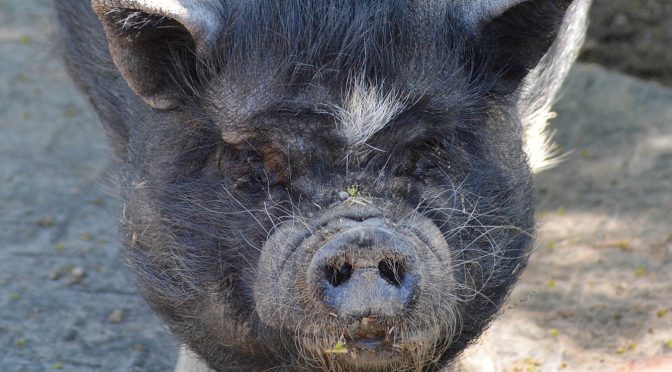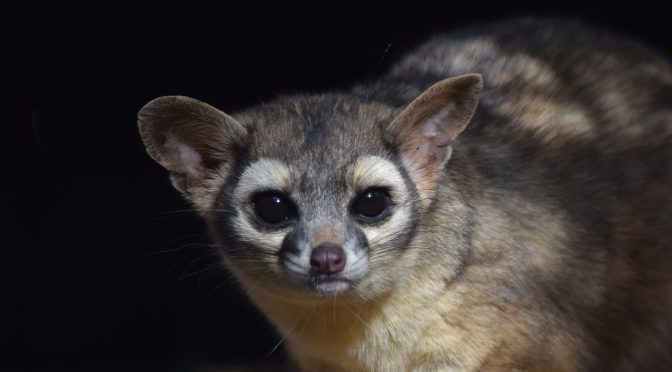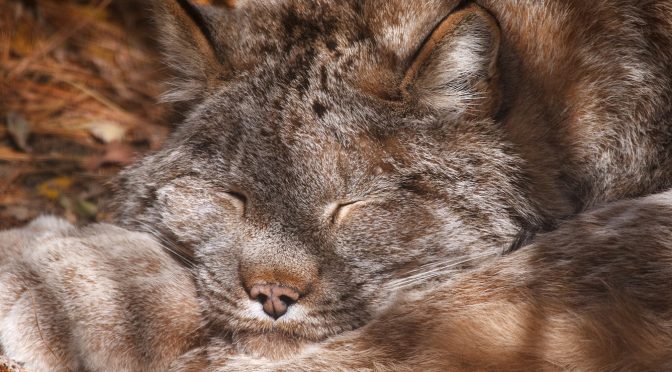
Physical Description
Bald eagles can reach up to 3ft in height, have a wingspan of 8ft, and can weigh up to 15lbs. They have a white head, white tail markings, and a brown body. Bald eagles are not actually bald; the feathers on their head are short and white. Eagles have extremely good vision but can’t move their eyes from side to side. Instead, they have to turn their whole head in order to look around.
Predators
Adults have no natural predators, but chicks are preyed upon by bobcats, wolverines, black bears, foxes, raccoons, and large birds.
Lifespan
Bald eagles live 16.5 years on average.
Reproduction
Courtship usually begins in April with both males and females performing special aerial dances in the sky where they lock onto each other’s talons and tumble/twist in the air. Bald eagles will make their nest near water and will return to their original nest. Females lay 1-3 eggs several days apart, once a year. Both parents will help take care of the chicks, but the female will be the primary caregiver while the male is the primary hunter. The chicks will remain in the nest until they are about 12 weeks old.
Fun Facts
- The bald eagle’s grip strength is 10 times that of the average human.
- When a bald eagle loses a feather on one wing, it will lose a matching one on the other. This way it doesn’t lose its balance.
Conservation Messaging
Most of the Bird of Prey here at the zoo are all rehabilitated birds who have sustained different injuries deeming them unreleasable. These birds fall victim to debris found on the side of the road. If it’s an apple core, banana peel, or some discarded trash it will attract their prey items which will then attract the bird of prey. Birds of prey have tunnel vision when hunting and will often not see a car coming. One simple way we can help is to dispose of all your trash properly, even natural items like apple cores and banana peels.

Habitat/Range: Domestic turkeys are raised throughout the temperate parts of the world. Their wild counterparts prefer hardwood and mixed conifer-hardwood forest with varied clearings such as pastures, fields, orchards and marshes. Turkeys are native to North America and were taken to Europe by the Spanish in the 1500’s.
Life Cycle/ Social Structure
Males are polygamous and mate with as many hens as are available. Male turkeys display for females by puffing out their feathers, spreading out their tails and dragging their wings, known as strutting. Males may be seen courting in groups, with the dominant male strutting and gobbling.

Physical Description
The Hampshire Sheep is among one of the largest sheep breeds. They weight on average 200-275lbs. They have white wool, as well as dark faces, ears, and legs. This breed is usually polled, meaning it has no horns.
Predators
Predators of sheep can include coyotes, wolves, foxes, bears, dogs, eagles, bobcats, and mountain lions.
Lifespan
They can live anywhere from 9-20 years.
Reproduction
Hampshire sheep are not monogamous, and rams will breed with various ewes during the breeding season. The female’s gestation period is 144-155 days, and a fertile ewe should produce energetic and active lambs in multiples of at least two’s and more per year. Females will protect young.
Fun Facts
- Hampshire sheep have strong and medium length wool that can be combed and used for knitting yarns, socks, and flannels.
- They were introduced to the United States in the 1860s, but the breed disappeared during the Civil War and were not reintroduced until the 1880s.
Conservation Messaging
Goats as well as barnyard animals are commonly kept as pets on farms and ranches. It is always best to do your research before moving forward with purchasing any livestock. These animals require different needs from say your dog or cat.
For instance, most livestock animals are herd animals so having one is not an acceptable option. As always, every animal has individual needs that must be met in order to provide the best possible welfare which means you will need a veterinarian that specializes in hoofstock.

Physical Description
The sheep has a characteristic wide face and long body and comes in white. They can get up to 275lbs.There are two types of Dorest Sheep, the Polled and Horned Dorset. Besides the absence of horns in the Polled strain, they are identical. They will lay down in pastures or fields and chew cud, helping in the digestion process due to the fact that they have a 4-chambered stomach, also known as ruminants.
Predators
Predators of sheep can include coyotes, wolves, foxes, bears, dogs, eagles, bobcats, and mountain lions.
Lifespan
They can live anywhere from 9-20 years.
Reproduction
Dorset sheep are prolific breeders and will breed all year round. They can produce multiple lambs per year.
Fun Facts
- The Dorset sheep is one of the oldest sheep breeds in existence. They originated from a similar looking species in England and were then later brought to the United States in 1885.
- They can produce up to 9 pounds of medium-grade wool annually.
Conservation Messaging
Goats as well as barnyard animals are commonly kept as pets on farms and ranches. It is always best to do your research before moving forward with purchasing any livestock. These animals require different needs from say your dog or cat.
For instance, most livestock animals are herd animals so having one is not an acceptable option. As always, every animal has individual needs that must be met in order to provide the best possible welfare which means you will need a veterinarian that specializes in hoofstock.

Physical Description
The alpaca is a domesticated species of South American camelid. They resemble a small llama in appearance. The adult alpaca reached about 3 feet in height and 154 pounds in weight. Alpacas come in a variety of colors ranging from white to black and brown. They have long, slender necks and fleece that is soft and cool to the touch.
Predators
Their predators can include domestic dogs, Andean foxes, Andean condors, pumas, colocolos, Andean mountain cats, coyotes, and wolves.
Lifespan
In the wild, they live approximately 5-10 years, but in human care, they live about 15 to 20 years.
Reproduction
Alpacas are induced ovulators and can breed at any time of the year. After a gestation period of approximately 335 days, the female will give birth to a single baby, known as a cria. They are usually weaned at about 6 months of age.
Fun Facts
- They are too small to be used as pack animals and are bred exclusively for their fiber and meat. Alpaca fiber is used for making knitted and woven items, such as wool.
- It is believed alpacas were domesticated around 6,000 years ago by native people in South America.
Conservation Messaging
Goats as well as barnyard animals are commonly kept as pets on farms and ranches. It is always best to do your research before moving forward with purchasing any livestock. These animals require different needs from say your dog or cat.
For instance, most livestock animals are herd animals so having one is not an acceptable option. As always, every animal has individual needs that must be met in order to provide the best possible welfare which means you will need a veterinarian that specializes in hoofstock.

Physical Description
Vietnamese Pot Bellied Pigs are about 3 feet long and weigh anywhere from 70 to 175 lbs. They are usually all black with straight tails and upright ears. They get their name “Pot Bellied” because of their rounded, low hanging belly. Both genders have tusks, but males will have larger tusks.
Predators
One surprising natural predator of Vietnamese Pot Bellied Pigs is dogs.
Lifespan
In the wild, they live approximately 10 years, but in human care, they live about 15 to 20 years.
Reproduction
A male pig is called a boar, and a female that gives birth is called a sow. After a gestation period of approximately 115 days, the female will give birth to an average of 6 piglets.
Fun Facts
- Pigs can actually be trained like dogs because they are also highly intelligent and have excellent recall and concentration.
- Pigs will roll around or wallow in mud in order to stay cool but also to protect their skin from the sun and insects.
Conservation Messaging
Goats as well as barnyard animals are commonly kept as pets on farms and ranches. It is always best to do your research before moving forward with purchasing any livestock. These animals require different needs from say your dog or cat.
For instance, most livestock animals are herd animals so having one is not an acceptable option. As always, every animal has individual needs that must be met in order to provide the best possible welfare which means you will need a veterinarian that specializes in hoofstock.

Physical Description
Palomino refers to horses with cream, yellow, or gold coats and white or silver mane and tails and is not actually a breed. Most Palominos are either Arabian horses or American Quarter horses. Under domestication the horse has diversified into three major types, based on size and build: draft horses, heavy-limbed and up to 20 hands high; ponies, by convention horses under 14.2 hands high; and light horses, the saddle or riding horses, which fall in the intermediate size range.
Predators
Palomino horses can be found worldwide because horses have been a domesticated species for a very long time. Because of this, they may encounter different predators depending on where they are found; some predators can include mountain lions, wolves, and bears.
Lifespan
On average, horses will live 20-25 years though some have been known to live 30-35 years or more.
Reproduction
Male horses are called stallions, and females are called mares. Stallions used for breeding are called studs, and geldings are male horses that have been castrated. Young horses are known as foals with males being colts and females being fillies. After a gestation period of 11 months, the female may give birth to a single foal, twins, or even triplets though the most common birth will be of a single foal. Foals will be weaned at about six months old.
Fun Facts
- Palomino horses used to roam the Trexler Nature Preserve. In 2004, the Lehigh Valley Zoological Society assumed management of the zoo, as well as the daily management of the bison and elk herd and the palominos in the 1,100-acre Trexler Nature Preserve. The Palomino horses were subsequently moved onto the Zoo grounds in order to better facilitate their care.
- When discussing the height of horses, the unit used is “hands.” One “hand” is four inches.
Conservation Messaging
Horses are commonly kept on family farms and ranches all across the world and horseback riding is a great hobby that many people enjoy.
If you’re considering adding a horse or pony to your family, it’s important to consider that horses require a lot of attention and specialized care. It’s best to do research and to consult a professional or veterinarian before moving forward with purchasing horses.

Physical Description
Ringtails are an average of 12 to 18 inches long with a tail of about the same length, and they weigh less than 3 pounds. The body is buff to dark brown in color with white underparts and a long tail with alternating bands of black and white fur. Ringtails’ feet have short, straight, semi-retractable claws and opposable digits.
Predators
Common predators they may encounter include great horned owls, coyotes, bears, and bobcats. To defend themselves, ringtails will let out a high-pitched screech and emit a foul-smelling secretion from their anal glands to discourage predators.
Lifespan
In the wild, their average lifespan is 7 years, but in human care, they can live up to 14 years.
Reproduction
Ringtails are a more solitary species and generally only come together to mate from February to May. After a 51-54 day gestation period, the female will give birth to 1 to 4 cubs in a den like a rock crevice or tree hollow that they have lined with moss. Their young are born helpless and won’t even open their eyes until they are a month old. They will be weaned at about 10 weeks old and will reach maturity at about 10 months old.
Fun Facts
- Their tails lack prehensile ability, which would allow them to grip trees like other primates. They use them for balance.
- Even though they have been called “ring-tail cats, civet cats, and miner’s cats,” they are not actually cats; they are a member of the raccoon family.
Conservation Messaging
Ringtails are considered a species of least concern according to the IUCN Red List. Sometimes, they are viewed as pests by farmers because they can damage orchards and hunt poultry.
But since Ringtails are skittish by nature and will retreat if people are near, they are not a threat to humans. Even the most pesky animals play an important role in their ecosystems so it’s best to try and coexist with them!

Physical Description
Fishers have short, stubby legs; a wedge-shaped head; and dark brown fur grading to brownish underbelly with white patches around neck or throat. Their body is long, slender, and low to the ground like other members of the Mustelid family. Males are much larger than females. On average, males will weigh 10-12 lb, and females will weigh 5-7 lb.
Predators
Predators for the fisher can include the Great horned owl, Canadian lynx, bobcat and black bear.
Lifespan
Fishers have an average lifespan of 10 years.
Reproduction
Males will mate with many females and do not help with raising their offspring. The female will have a delayed implantation period of about 10 months followed by a gestation period of about 2 months. Typically, 1-6 kits will be born in a litter, and they will be completely helpless at birth because they are born blind and naked.
Fun Facts
- Though they are sometimes called the “Fisher Cat,” they are not actually in the cat family. As part of the Mustelid family, they are related to otters and weasels.
- They are one of only a few predators that will prey on porcupines.
Conservation Messaging
Fishers are forest dwelling members of the weasel family. Fishers call the coniferous and mixed conifer forests of Canada and the Northern U.S. home but unfortunately, fishers are facing threats to their habitat. These threats include excessive logging and clearing land for infrastructure, in addition to trapping for their fur.

Physical Description
The Canada lynx is a medium-sized cat with an average body length of 35-43 inches, weighing approximately 20-40 lbs. They can reach up to 2 feet tall but have small tails that are only 2-5 inches long. Their hind legs are longer than their front legs which gives them a sloped-forward appearance. Females will be slightly smaller than males. Their fur is very thick, light brown or grey with light black spots, and can have white tipped fur that gives a frosted look.
Predators
Being a top predator themselves, not many other species will prey on the lynx, but some predators could include cougars, wolves, and wolverines.
Lifespan
Their average lifespan is 15 years.
Reproduction
Their gestation period is about 9-10 weeks and will result in a litter of about 1-6 kittens. The male will not help raise their offspring. Kittens will be weaned at about 3 months old but will stay with their mother until they are about a year old.
Fun Facts
- There is a lynx-hare cycle which shows an increase or decline in snowshoe hare populations about every 10 years which is then followed by an increase or decline in the lynx population
- Large paws covered in fur act like snowshoes and make it easy for the lynx to travel over snow and ice.
Conservation Messaging
As an Association of Zoos and Aquariums (AZA) accredited facility, the Lehigh Valley Zoo is proud to play a role in the conservation community through participation in Species Survival Plans, or SSPs. This means our Canada Lynx are part of a breeding program where we help to maintain captive populations that are both genetically diverse and demographically stable.
By visiting the Lehigh Valley Zoo and other AZA member institutions, you’re supporting the highest level of animal care and welfare, along with the promotion of conservation of animals such as the Canada Lynx.


